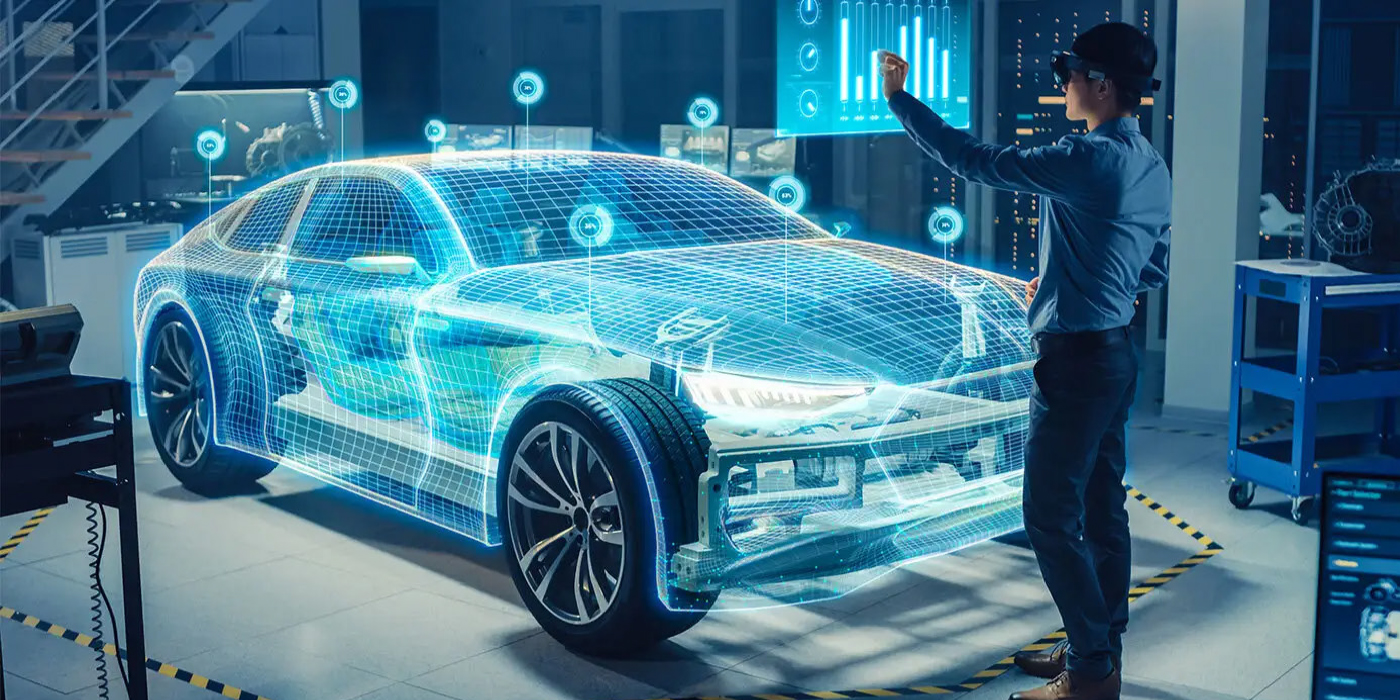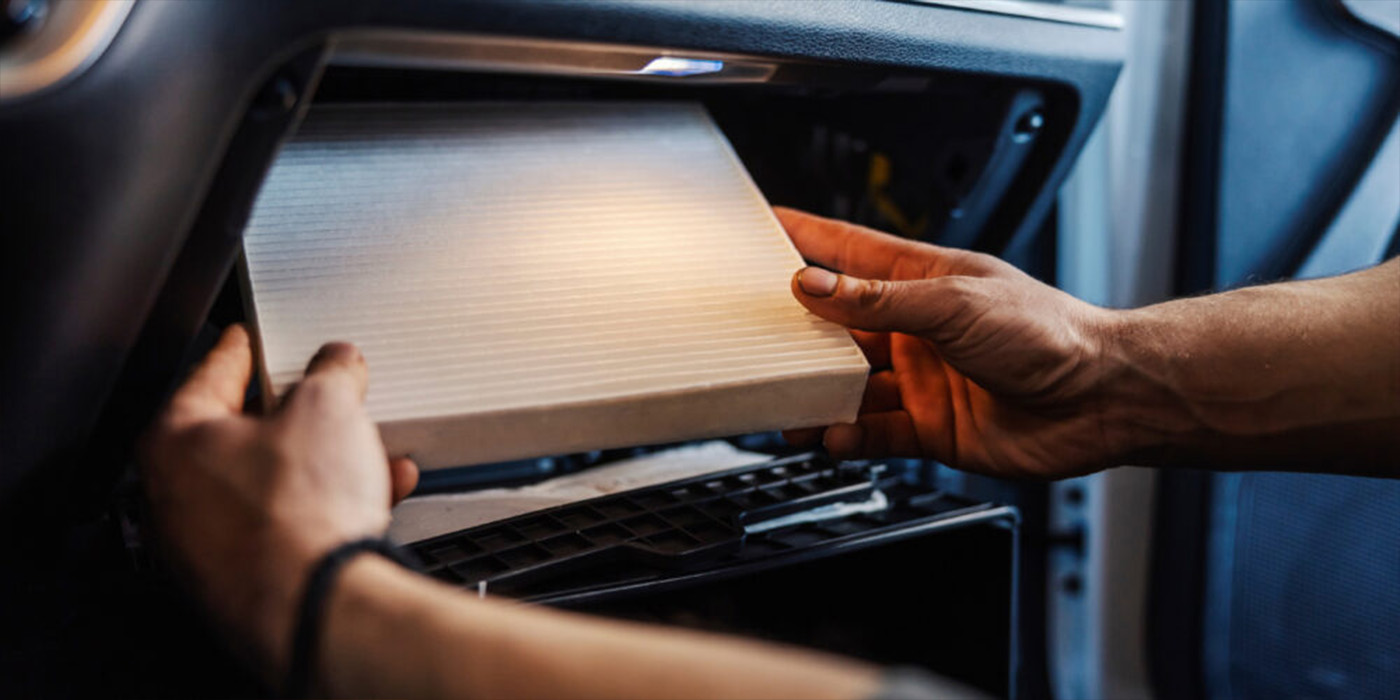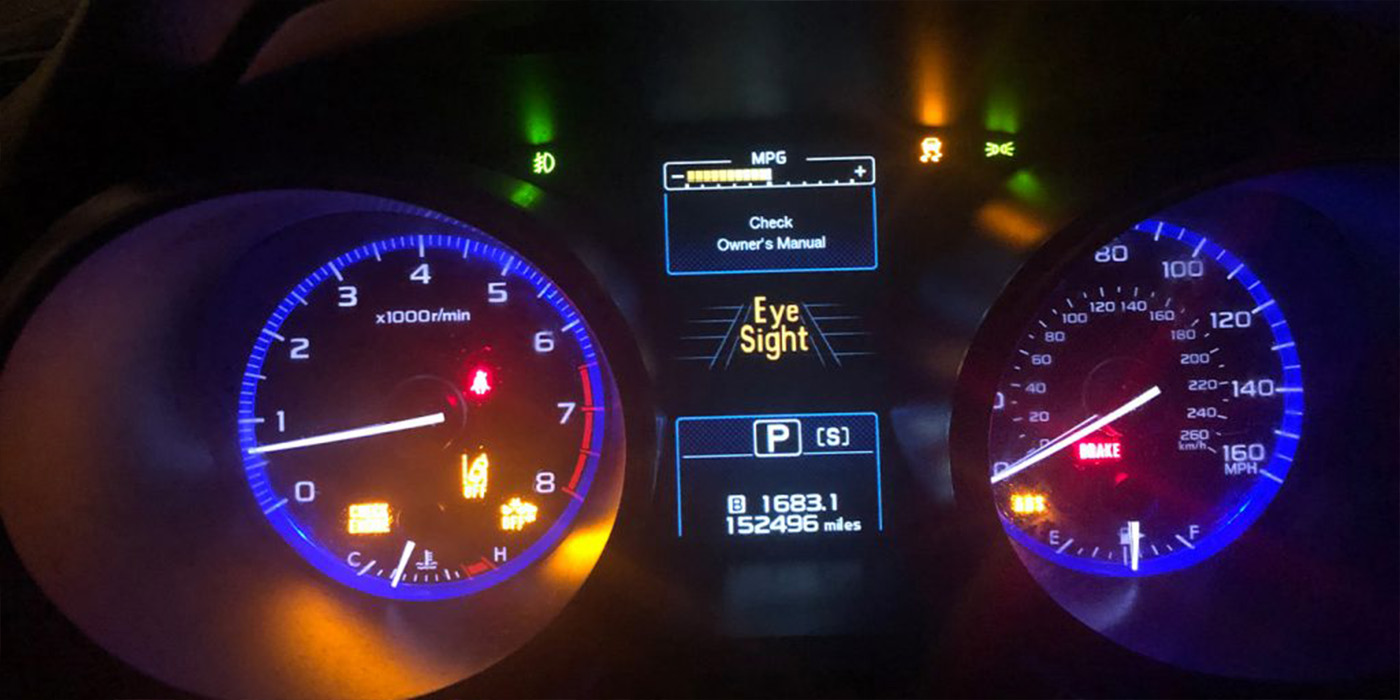While it’s common knowledge that smartphones, tablets and other mobile devices are gaining in popularity, the actual statistics may come as a surprise.
Currently, more than 60% of all Internet connections take place on a mobile device – meaning mobile activity has actually surpassed desktop activity, and the number of mobile devices is still growing, according to Holly Biondo, marketing coordinator for Net Driven.
Some 64% of U.S. consumers own a smartphone, says Dave Vogel, vice president and general manager of ASA Automotive Systems.
The importance of shop websites – and the ever-growing trend toward mobile devices – leaves shop owners with a few options: keep a traditional website and hope for the best, offer both a regular and mobile-friendly website, or offer a single, responsive website designed to adapt in size and features depending upon the device a visitor is using.
While it’s fairly obvious which choice is not going to bring much success, knowing the differences – and the pros and cons – of a mobile versus a responsive site may require more insight.
Responsive Design Basics
Simply put, responsive Web design is a way of building websites that automatically scale and organize themselves in order to fit the device that is being used to view them.
“The website will scale itself to size in order to provide the best user experience, both visually and functionally,” Biondo explains. “It isn’t so much a single technology as it is a set of different techniques that, when combined, make this type of design possible.”
The first known website to offer responsive design was Audi.com back in 2001, according to Mike Giblin, president of U.S. operations for Kukui.
He adds that it wasn’t until earlier this year that the concept of responsive design became more important. In April, Google began boosting “mobile-friendly” websites in its search results.
“A responsive website will normally qualify as a type of ‘mobile-friendly’ website, according to Google’s standards,” Giblin says. “That means that a responsive website will appear higher in the mobile search results on Google, giving your website an edge with search engine optimization (SEO).”
Biondo adds that while mobile searches make up more than 60% of all Internet searches, Google accounts for roughly 67% of all Internet searches – meaning, “when it comes to SEO, what Google says pretty much goes.”
Responsive vs. Mobile
Offering some type of a mobile-friendly website is a must for SEO purposes, but how can you tell if a single website with responsive design or a combination of a full-featured site plus a mobile site will work best for your dealership?
The answer is pretty straight-forward. “A mobile site is easier to view on a mobile device than a traditional site, but is essentially a scaled down version of your full site,” Biondo says. “A responsive site preserves all of the valuable content on one site, and provides the full experience in all formats.”
She adds that having a single, responsive URL is the best bet for preserving or enhancing customer reach and search engine ranking, since it helps to preserve a shop’s link integrity because links are not being shared from two different sites.
“Why do the work twice when you can do it once?” notes Vogel. “Having two sites means working on two websites to do the same thing, so labor becomes a problem. Also, there’s more room for error.”
He also considers the issue from a customer’s point of view: “When a customer finds the site and it’s not (a shop’s) mobile site, will they keep looking or get frustrated and stop? I can’t speak for everyone, but my guess is that more will move to another company’s site than stay and try and try to navigate the site.”
Patrick Braswell, director of strategic initiatives for TCS, an ARI company, advocates for a hybrid approach of both a mobile and a responsive website for the best possible user experience.
Referring to mobile users as “high purchase intent” website visitors, he says that catering to all devices helps drive business to a dealer’s location. By offering both mobile and responsive options, “we are able to limit the consumer’s view to only what is necessary for shoppers that are on a mobile device,” Braswell adds.
“Having a separate, mobile website is the most common solution right now as it is usually easier and less expensive to implement than a full, responsive website,” notes Giblin. “However, if you are looking at upgrading your website in the future, the gold standard is responsive.”
Inaction Isn’t an Option
Whether you opt for responsive, mobile or a combination of the two, making a change puts your business in the right direction to proactively build sales and protect SEO results.
“If you try to view a traditional website on a smartphone, chances are the text will be too small to read, you will have to pinch and pull at the screen, and you will get frustrated and leave the site,” Biondo says. In a recent survey, 46% of consumers said they were frustrated when viewing traditional websites on their mobile devices. “This can cause a great deal of aggravation for your customers and can cost you a significant amount of business,” Biondo continued.
She also advises that shop owners consider generational business, which involves loyal customers who recommend their children carry on the tradition of taking their tire and vehicle service needs to a shop.
“If a parent tells the new driver in the house to go to your shop for tires and service, their reaction is predictable and almost immediate,” Biondo says. “They will pull out their phone and look you up. They want to know where you’re located, get directions, get a price or a quote, and schedule their appointment, all from their phones.”
Giblin notes that perhaps even more important than SEO is conversion rate optimization, or CRO, which can be enhanced with a well-designed, responsive website.
“For a tire dealer, it is really critical to get customers in the door,” he says. “The first step in doing that is to maximize the number of people who decide to become your customer after viewing your website.”
Added Work, Added Cost?
Surely the words “gold standard” in relation to responsive Web design bring up concerns of additional cost when developing a new website or upgrading an existing one.
Giblin acknowledges that designing and optimizing a responsive website can be around 50% more work versus a traditional website, so they typically are more costly for Kukui to implement.
“There shouldn’t be any additional effort on your part, but it will require a little additional effort and time from your website provider,” Biondo says. “If they are building a new website from scratch, it will take less time to build it responsive than to upgrade an existing non-responsive site. On average though, for an experienced company, it shouldn’t take a whole lot longer to make a site responsive.”
She and Vogel note that though the time commitment for a website provider is greater for a responsive design, both Net Driven and ASA do not charge extra for the feature.
“A hybrid (responsive and mobile first) should be included at no extra cost and does not take any more time to build when working with qualified professionals like TCS,” Braswell adds.
Article courtesy Tire Review.













